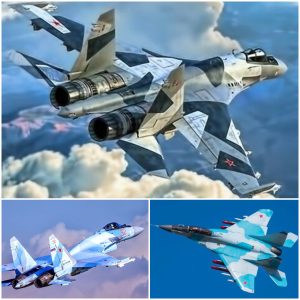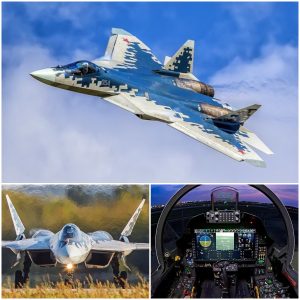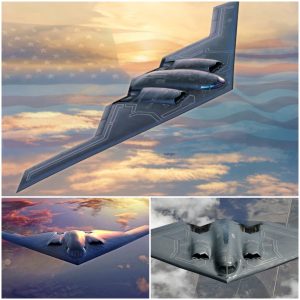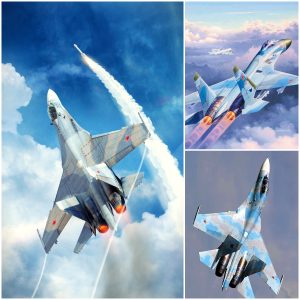A Comparison of the F-22 Raptor and Su-57: Leading the Pack in Combat Aircraft
In the realm of modern air superiority, the F-22 Raptor from the United States and the Su-57 from Russia stand as formidable contenders, representing the pinnacle of fighter jet technology. These aircraft are not only symbols of national pride but also showcase the expertise and innovation of their respective countries’ aerospace industries. Let’s delve into a comparative analysis of these cutting-edge fighters to understand their capabilities and contributions to aerial warfare.
The F-22 Raptor, developed by Lockheed Martin, made its debut in 2005 and quickly established itself as one of the most advanced stealth fighters in the world. Armed with sophisticated avionics, radar-evading stealth technology, and supercruise capability, the F-22 possesses unmatched air superiority capabilities. Its combination of speed, agility, and lethality makes it a dominant force in both air-to-air and air-to-ground missions. Moreover, its ability to operate in contested environments while remaining virtually undetectable makes it a game-changer in modern warfare scenarios.
On the other hand, Russia’s Su-57, designed by Sukhoi, represents the country’s response to the evolving demands of aerial combat. With its advanced avionics suite, cutting-edge radar systems, and versatile weapon configurations, the Su-57 embodies Russia’s commitment to staying competitive in the global arms race. Incorporating stealth technology and a robust sensor suite, the Su-57 aims to achieve air superiority while also offering multi-role capabilities for a variety of mission scenarios. Despite facing some developmental challenges and delays, the Su-57 remains a potent asset in Russia’s defense arsenal, poised to enhance its air force’s capabilities for years to come.


When comparing the F-22 Raptor and Su-57, several key factors come into play. Firstly, stealth technology plays a crucial role in both aircraft, enabling them to operate undetected in hostile environments and gain a significant tactical advantage over adversaries. Secondly, advanced avionics and sensor systems provide enhanced situational awareness and targeting capabilities, allowing pilots to make informed decisions rapidly. Additionally, both aircraft feature high maneuverability and performance characteristics, allowing them to outmaneuver and outpace potential threats in aerial engagements.
However, it’s essential to note that there are differences between the F-22 Raptor and Su-57 in terms of operational capabilities, technological sophistication, and doctrinal approaches. While the F-22 excels in stealth and air superiority missions, the Su-57 offers a more balanced approach, combining air superiority with multi-role capabilities for greater mission flexibility. Furthermore, geopolitical factors and export restrictions also influence the availability and deployment of these aircraft on the global stage.
In conclusion, the F-22 Raptor and Su-57 represent the apex of fighter jet technology, showcasing the ingenuity and prowess of their respective nations’ aerospace industries. While each aircraft brings its unique strengths and capabilities to the table, both are instrumental in shaping the future of aerial warfare and maintaining a strategic edge in an increasingly contested airspace. As military advancements continue to evolve, the F-22 and Su-57 serve as constant reminders of the ever-changing nature of modern warfare and the relentless pursuit of superiority in the skies.





